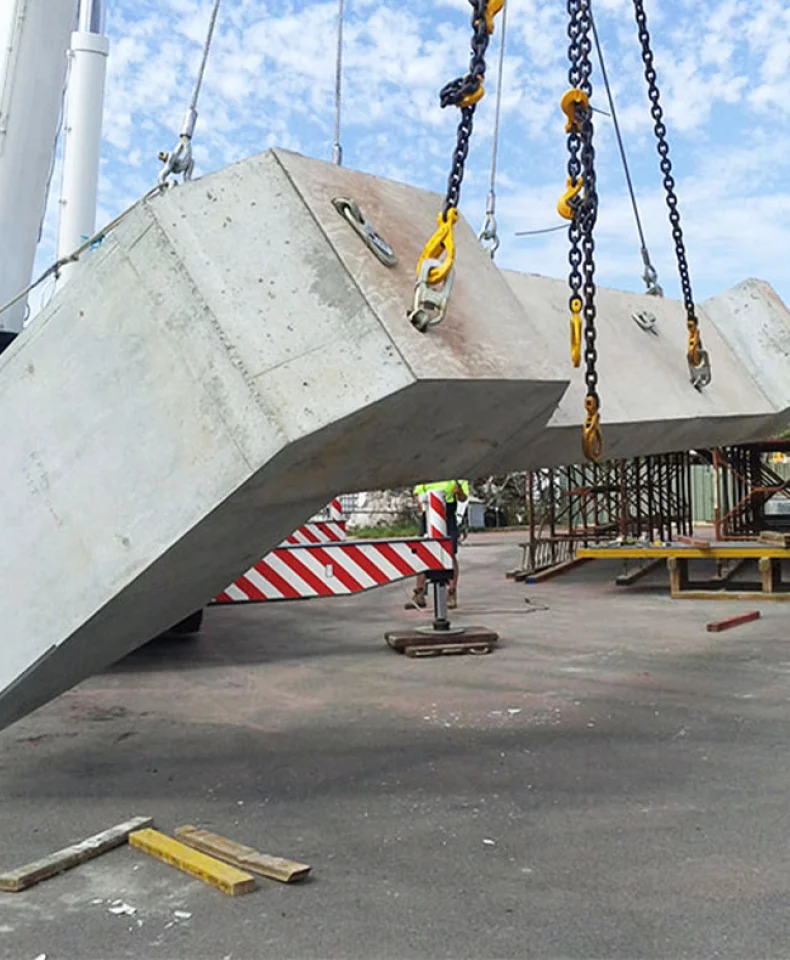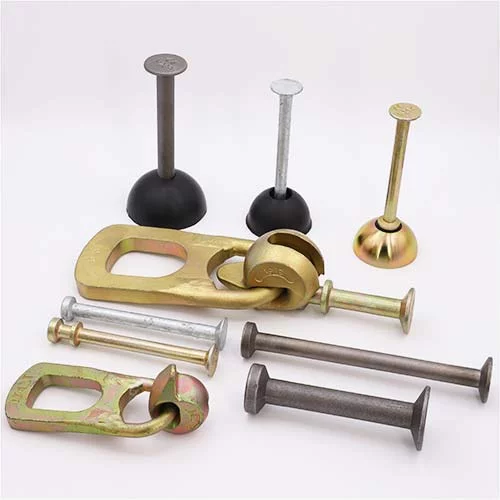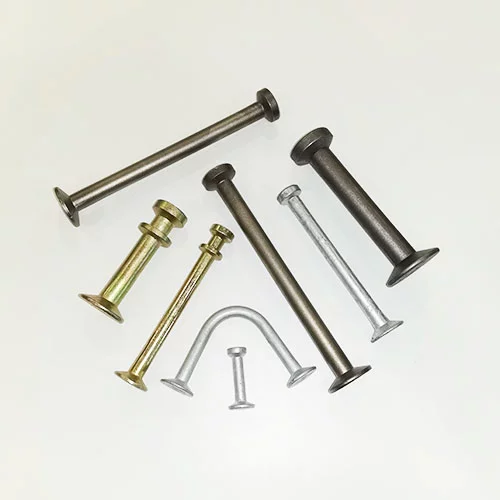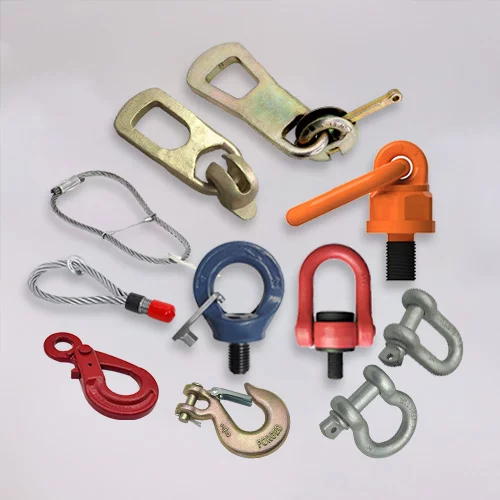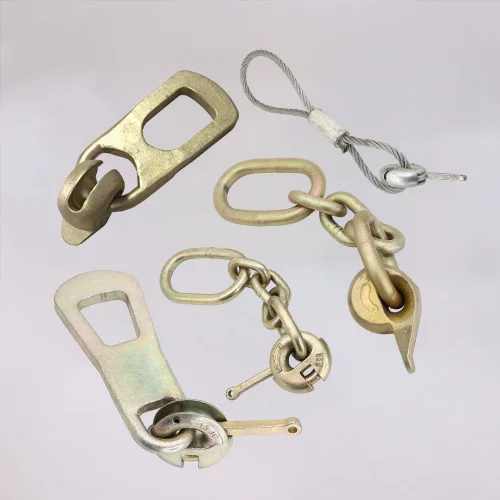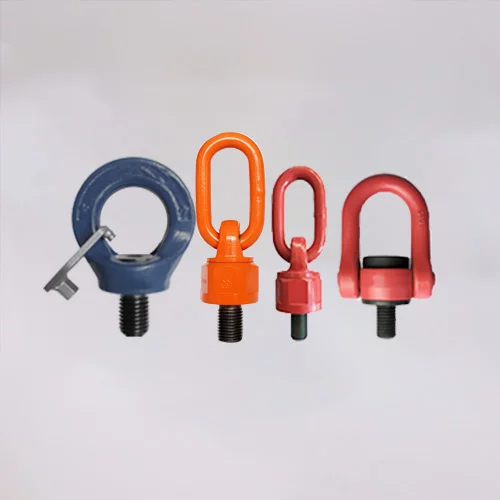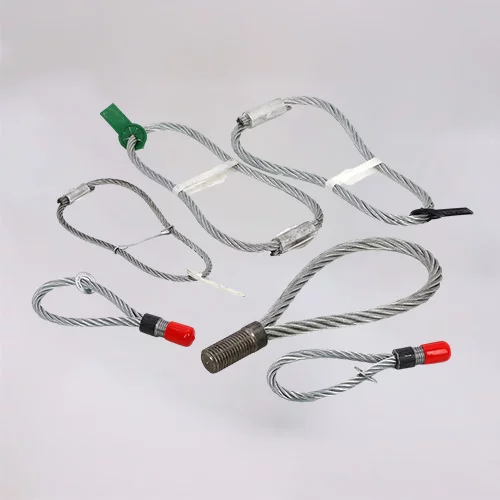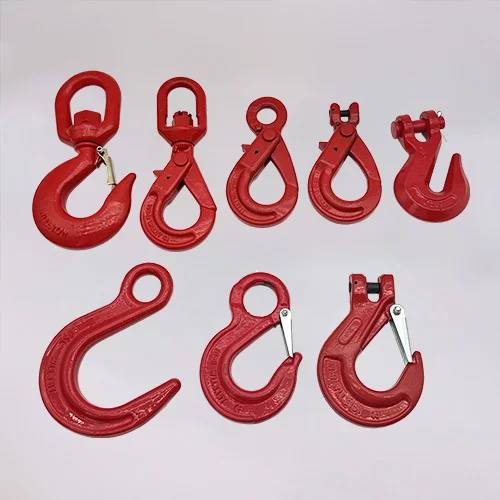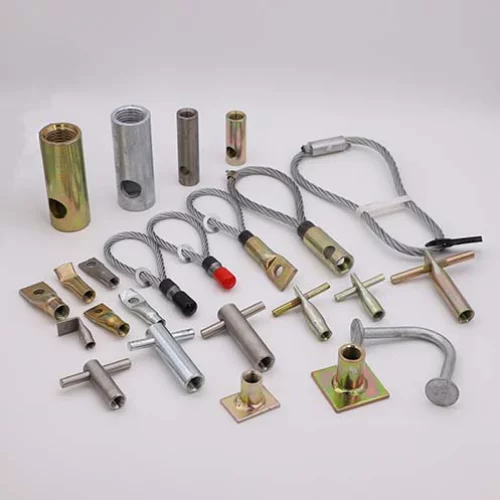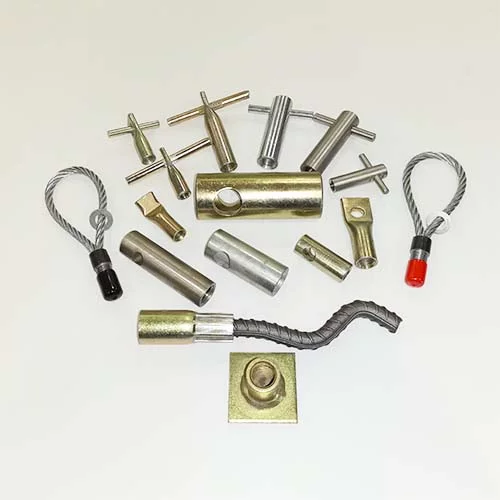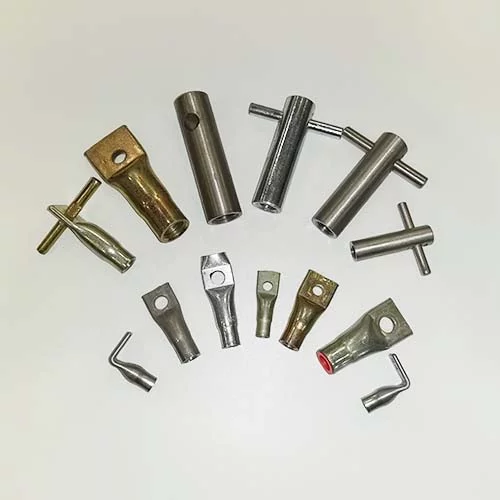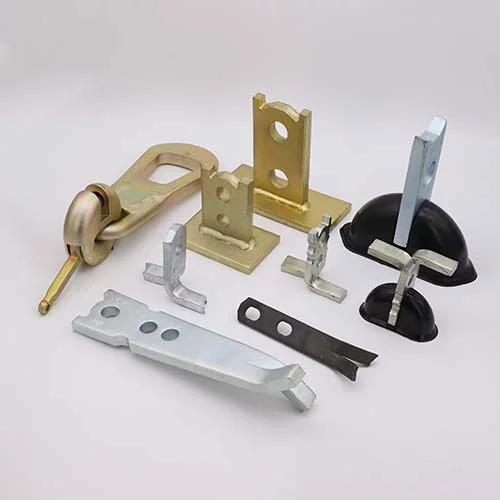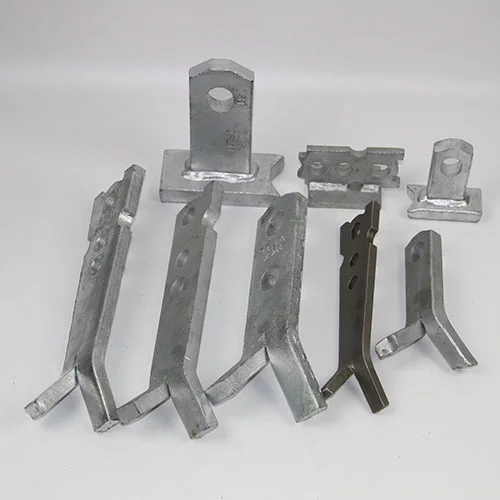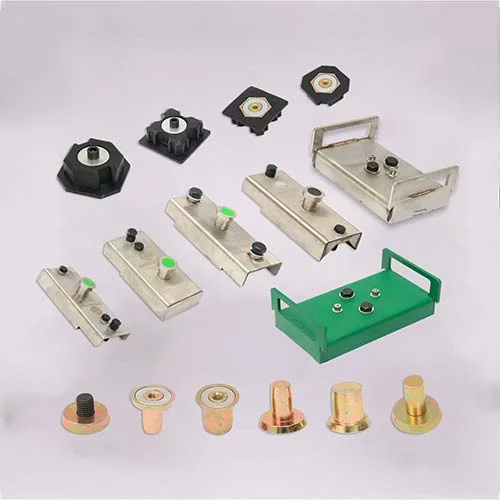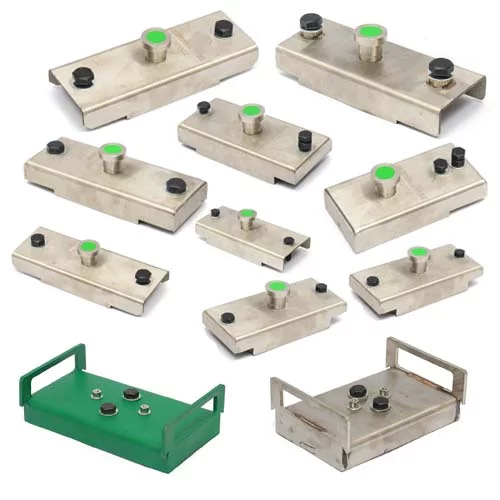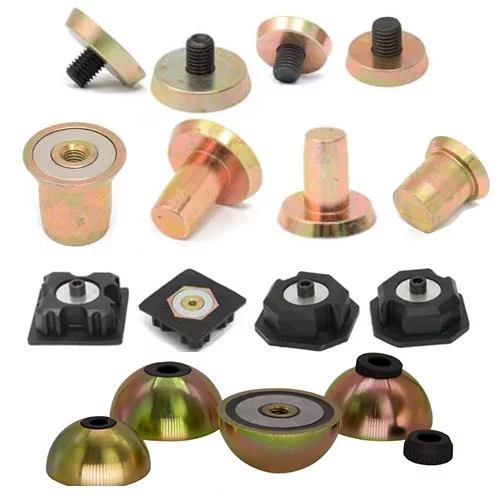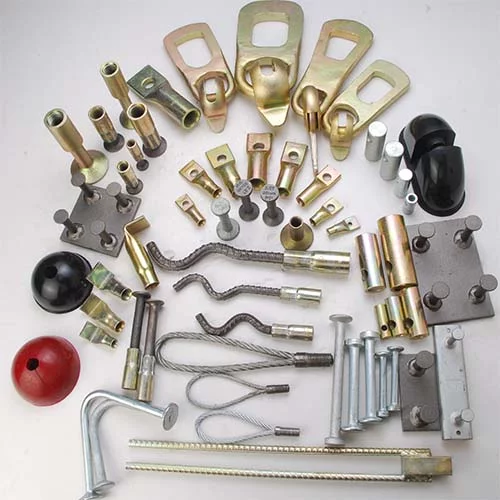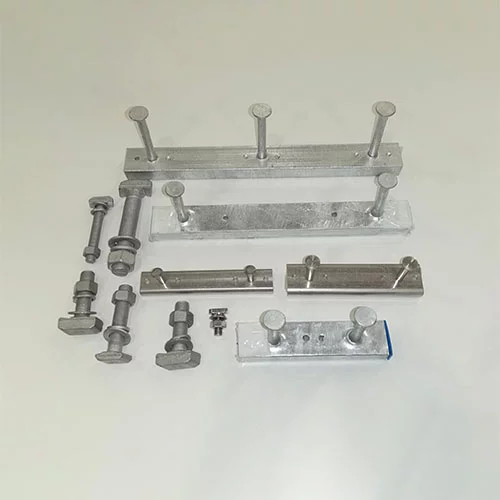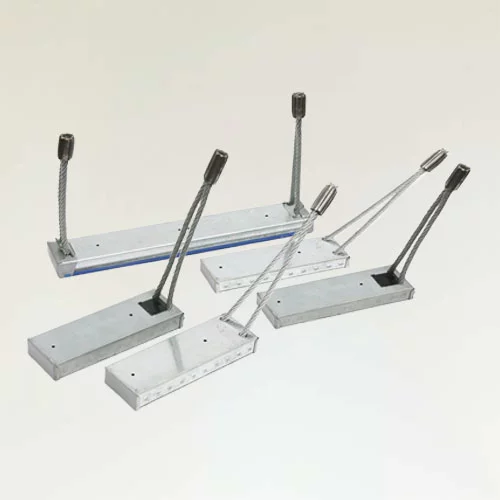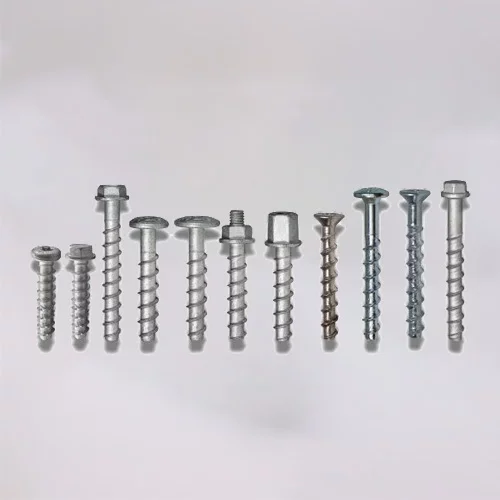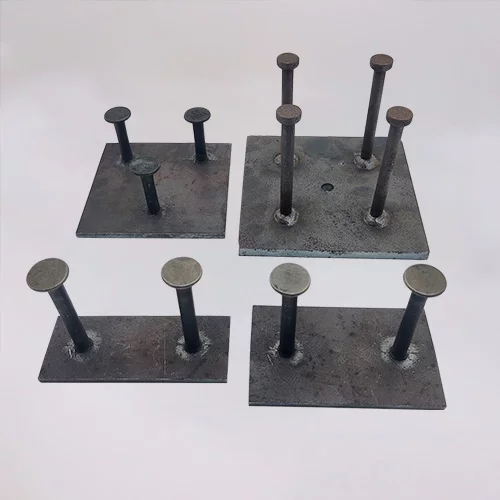Comprehensive introduction and application of Lifting Socket

In the construction industry, lifting operations are a vital link, especially when it comes to heavy precast concrete structures. Lifting Sockets, as an indispensable part of lifting operations, plays a vital role. They are often used to connect lifting equipment to precast concrete components, steel structures, or other building components to ensure the safety and efficiency of the lifting process.
There are many types of Lifting Sockets, each type is designed and optimized according to specific lifting needs and application environments. Choosing a suitable Lifting Socket can not only improve lifting efficiency but also ensure construction safety and reduce construction costs. This article will introduce the types, application scenarios, design points, and future development trends of Lifting Sockets in detail to help you better understand and choose the lifting sockets suitable for your project.
Basic concepts and classifications of Lifting Sockets
Lifting Sockets are a type of fixing device embedded in concrete structures for connecting lifting hardware (such as lifting rings, hooks lifting eyes, etc.). These sockets can withstand huge weights and ensure the smooth progress of lifting operations. There are many types of Lifting Sockets, each suitable for different lifting scenarios, depending on the design requirements.
Threaded Lifting Sockets: This type of Lifting Socket has a threaded insert embedded in it, which makes it easy to fix lifting equipment such as threaded lifting rings or lifting eyes to precast concrete components. It provides a stable connection and can withstand large tensile forces.
Flat Lifting Sockets: Flat lifting sockets are designed to be embedded in thin precast concrete panels or components. Their low-profile shape helps reduce protrusions and is suitable for space-constrained application environments.
Socket Anchor Lifting Sockets: This socket is directly embedded in the concrete structure and is equipped with an anchor or reinforcement device to provide additional strength and stability. During the lifting process, it is crucial to ensure the safety and stability of the structure.
Swivel Lifting Sockets: Swivel lifting sockets have a rotating mechanism that allows the lifting equipment to rotate freely, providing more flexibility and positioning convenience. Especially suitable for lifting operations that require precise docking and positioning.
Bridge Lifting Sockets: Bridge lifting sockets are designed for lifting bridge components and are usually larger and stronger than standard lifting sockets to accommodate the weight and volume of bridge components.
Adjustable Lifting Sockets: This type of lifting socket has a retractable or adjustable design that can adjust the lifting height as needed, which is ideal for situations where different loads or configurations need to be accommodated.
Recessed Lifting Sockets: These sockets are embedded in the concrete structure and are designed with recesses to provide a smooth surface when not in use. They are often used in architectural applications that require high aesthetics.
Application scenarios of Lifting Sockets
Lifting of precast concrete components
Lifting sockets are widely used in the lifting of precast concrete components such as walls, floor slabs, and bridge beams. Different types of lifting sockets can provide the best lifting solution based on the shape, size, and weight of the component. Threaded Lifting Sockets and Flat Lifting Sockets are often used for the lifting of light and standard components, while Socket Anchor Lifting Sockets are used for heavier and more complex lifting tasks to ensure the stability of components during the lifting process.
Support and lifting of building structures
In construction projects, lifting sockets are widely used to lift steel structures, concrete structures, and other building components. Swivel Lifting Sockets and Adjustable Lifting Sockets excel in precise docking and adjusting the lifting height. They provide a high degree of flexibility, ensuring efficiency and safety during the construction process.
Lifting of bridges and large structures
The application of Lifting Sockets in the lifting of bridges and large structures is crucial. Bridge Lifting Sockets are designed to be sturdy and can cope with the lifting needs of heavy and large-scale structures. Bridge lifting sockets usually need to withstand greater tension and complex mechanical requirements, so they must have higher load-bearing capacity and stronger stability.
Applications with limited space
Flat Lifting Sockets and Recessed Lifting Sockets can play an important role in some construction environments with limited space. Their low profile and recessed design can save space to the maximum extent and ensure smooth lifting operations without affecting the beauty and overall design of the concrete structure.
Design and technical points of Lifting Socket
Material selection
Lifting Sockets are usually made of high-strength steel or alloy steel to ensure that they can withstand huge tensile and reaction forces. The choice of material is crucial to its performance because it directly affects the safety and reliability during the lifting process. Some Lifting Sockets may also use stainless steel or special coatings to improve corrosion resistance and extend service life.
Manufacturing process
The manufacturing process of Lifting Sockets includes forging, heat treatment,t and precision machining. The forging process can enhance the strength and toughness of the material and ensure its stability under extreme loads. Heat treatment further improves its wear resistance and impact resistance. High-precision machining and surface treatment can ensure the precise size and good appearance of the Lifting Socket.
Performance requirements
The performance requirements of a Lifting Socket mainly include load-bearing capacity, corrosion resistance, high-temperature resistance, and impact resistance. The lifting requirements of each project are different, and the design of the Lifting Socket must meet different load and environmental requirements. When purchasing, customers need to choose a Lifting Socket with appropriate performance according to the needs of specific projects.
Safety and durability
Safety and durability are the most important considerations in the design of a Lifting Socket. Qualified Lifting Sockets must pass strict quality inspections, such as load tests, corrosion resistance tests, etc., to ensure that it will not fail during the actual lifting process and ensure the safety of construction personnel and structures.
Lifting Socket and construction efficiency
Ease of installation and removal
Threaded Lifting Sockets and Swivel Lifting Sockets can significantly improve construction efficiency due to their convenient installation and removal methods. Threaded Lifting Sockets provide a simple threaded installation method, while the rotating design of Swivel Lifting Sockets allows the lifting equipment to adjust the direction more flexibly and improve the lifting accuracy.
Improve construction speed and reduce costs
The use of Lifting Sockets can significantly improve construction speed and reduce labor costs for lifting operations. The design of Lifting Sockets makes lifting operations more efficient and stable while reducing errors and risks in construction.
Precise docking and flexibility
The rotation function of Swivel Lifting Sockets allows the lifting equipment to flexibly adjust the angle to ensure precise docking, which is particularly suitable for occasions that require highly precise lifting, such as the lifting of bridges or large concrete components.
Quality and certification standards of Lifting Sockets
International certification standards
Lifting Sockets must comply with international quality certification standards, such as ISO 9001, CE certification, etc. These certifications ensure that the design, manufacturing, and testing processes of Lifting Sockets meet global quality management requirements and can provide high-quality products.
Reliability testing and verification
Lifting Sockets need to undergo rigorous reliability testing before being put into use, including load testing, impact resistance testing, corrosion resistance testing, etc. Through these tests, it can be ensured that it can work stably and reliably during the actual lifting process.
How to choose a certified supplier
It is crucial to choose a supplier with international certification, especially when the lifting operation involves heavy structures and high-risk projects. Qualified suppliers can provide high-quality Lifting Sockets to ensure construction safety and smooth project progress.
Lifting Sockets play a vital role in the construction industry. It not only ensures the safety and stability of lifting operations but also greatly improves construction efficiency and reduces costs. According to the needs of lifting, Lifting Socket provides a variety of different design types, from threaded lifting sockets, and flat lifting sockets to rotating lifting sockets, each of which has unique advantages in different lifting applications. Understanding the characteristics of each Lifting Socket and choosing the right lifting equipment can ensure the smooth progress of the construction project.
When designing and manufacturing Lifting Sockets, the selection of materials, processing technology, and product performance requirements are factors that cannot be ignored. Through strict quality testing and compliance with international certification standards, Lifting Socket can ensure its efficiency and reliability in practical applications. Moreover, with the advancement of technology, the future Lifting Socket will have more innovations in intelligence, automation, and environmentally friendly materials to provide support for the sustainable development of the construction industry.
As a leading manufacturer in the industry, HULK Metal is committed to providing high-quality Lifting Socket solutions. Whether it is a standard lifting socket or customized high-load lifting equipment, we can provide professional design and production support according to the specific needs of our customers. We are well aware that the safety and efficiency of lifting operations are crucial, so we use strict quality control and advanced manufacturing processes to ensure that each product meets international standards and provides unparalleled performance and reliability on the construction site.
When choosing a Lifting Socket, it is important to ensure that you work with an experienced and well-certified supplier. HULK Metal has many years of experience in producing high-performance lifting equipment, and we are ISO 9001 certified to ensure consistent product quality. Our products not only meet various international standards, but also pass CE certification and multiple industry tests, and can perform at their best in the most challenging lifting environments.
Article Navigation
PRECAST CONCRETE ACCESSORIES
Other Precast Concrete Accessories You Might Want to Know
You can click to learn more about HULK Metal precast concrete accessories such as lifting anchors, precast sockets, spread anchors, shuttering magnets, cast-in channels, wire loop boxes, and other precast concrete accessories you might want to know.
